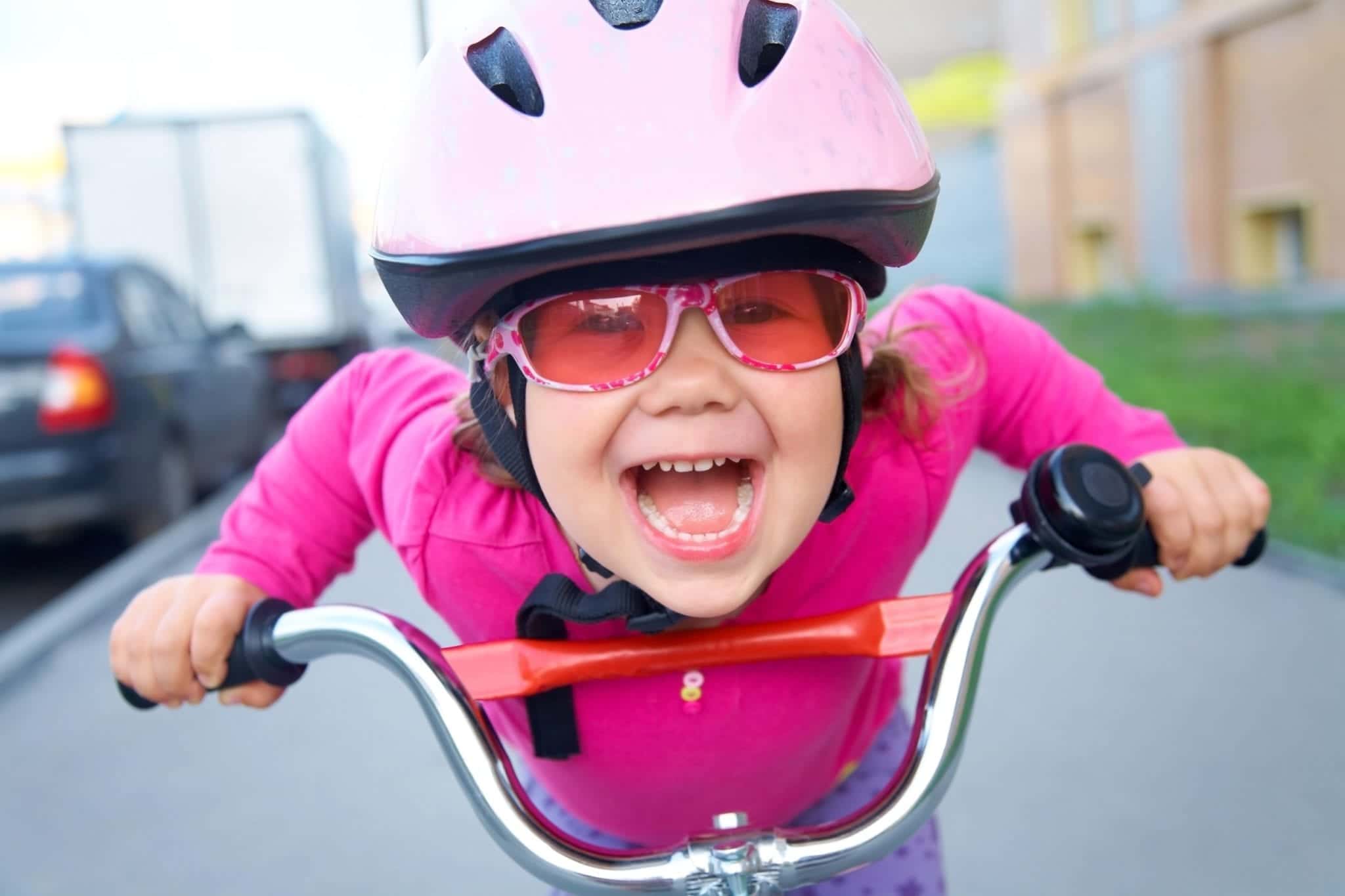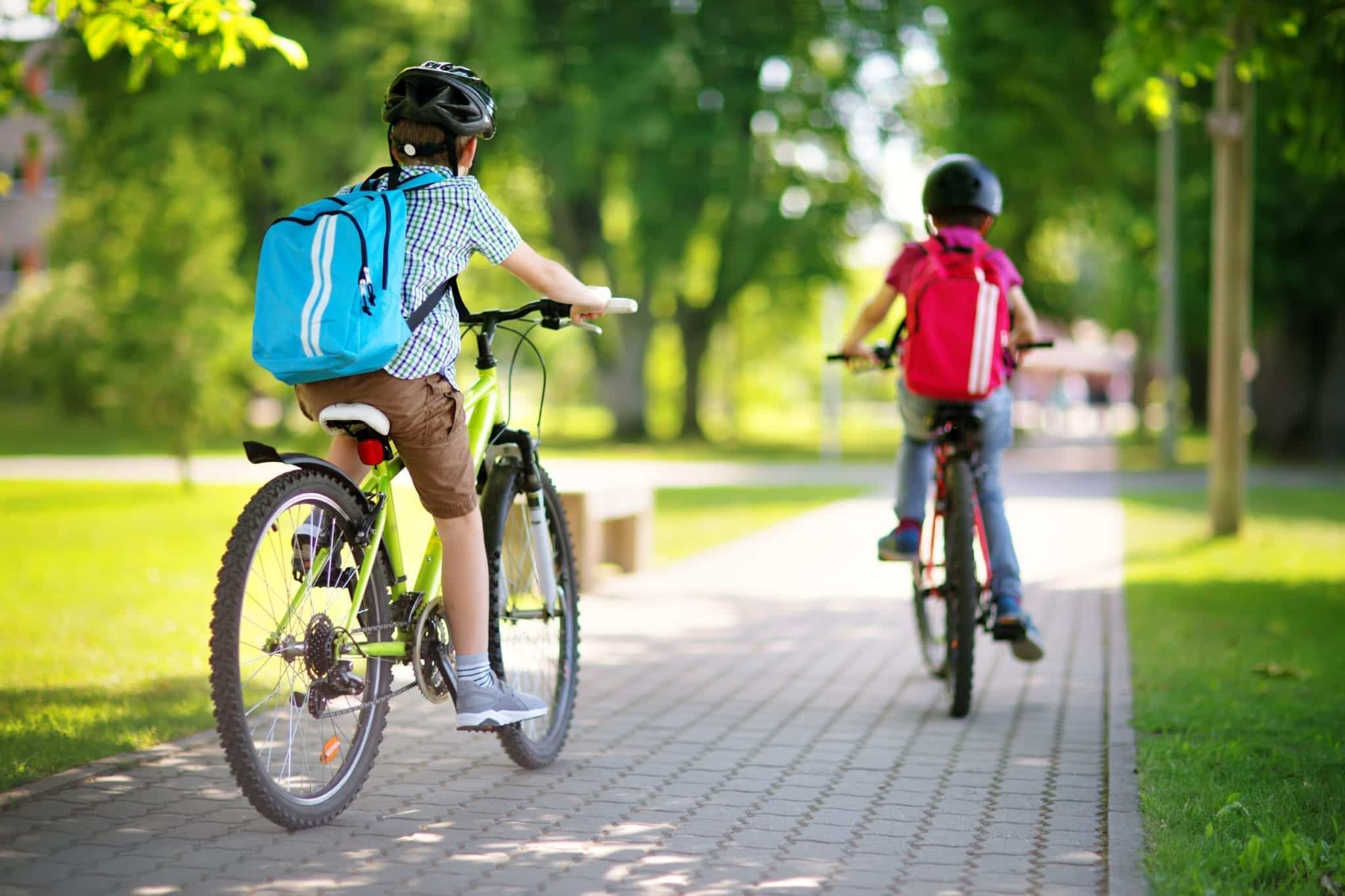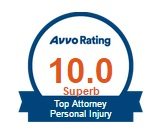Florida Parents: How Your Kid Can Bike to School Safely
Is your child riding his or her bike to school this year?
No parent wants a child to get injured on the way to school, but accidents are more likely to happen if your child isn’t trained in proper safety techniques. Since bicycle riding requires specialized skills, you need to spend some time with your child reviewing important facts like these.
First, Find the Safest Route to Your Child’s School
The safest route to school will ideally have sidewalks or a bike path separate from the road. Even if this makes the route longer, it’s better for your child.
If your kid must ride on a path with traffic, it’s even more important to choose a road with low traffic flow. Study the traffic patterns in the morning and afternoon to choose the best route for their trip. Look for areas where drivers are used to paying attention to pedestrians or bicyclists.
Avoid intersections
Intersections can be the most dangerous areas for bike riders. Try to find the route with the least amount of intersections. The best intersections will have separate crossing signals for pedestrians and bikers.
Look for few distractions
A route with few distractions will have no criminal activity, good lighting, few if any roaming pets, and sidewalks free of clutter. This will help your child feel safer and more able to focus on the ride.
Look for danger zones, such as cracked pavement or low dips, that must be navigated well to prevent injuries. If possible, avoid routes that contain these distractions.
Ask for advice
Check with the school and other parents to know which routes are best and to identify potential travel issues. Your local police department may have helpful information as well.
Use the Right Equipment on the Ride
Now that you’ve done the work of finding the best route, the next step is to make sure the equipment they’re using is designed to keep them protected.
Inspect the Bike
Before the school year begins, make sure the bike chains are lubricated, the brakes are operating correctly, and the tires are inflated to the right pressure. You will need to inspect the bike regularly to rule out any problems that could lead to injury. Remind your child to tell you right away if he or she has any problems with the brakes, chain, tires, or gear shifts.
Wear a Helmet
Your child needs to wear a helmet during every bike ride to prevent head injuries during falls. A helmet with a proper fit can reduce the risk of head injuries by 45 percent or more. However, many children fail to wear helmets, so you must train your child to wear it every time.
Head injuries can cause long-lasting symptoms like loss of balance or coordination, lack of concentration, headaches and other serious issues. These symptoms can have a negative impact on your child’s school performance and overall quality of life. That’s why a bike helmet is the first line of defense against injury.
Wear the Right Clothing
The safest clothing choices for bike riding include light or bright colors. Additionally, many backpacks and shoes come with reflective trim, and you can always add your own. The more visible your child is, the less likely he or she will experience an injury due to others not noticing them.
Go Over the Fundamentals of Safe Riding
Here are some fundamentals of safe bike riding for you to review with your child.
Crossing Intersections
Teach your child to look both ways before crossing. He or she needs to practice when traffic is around so that they have experience navigating the route. Since intersections can be especially dangerous, make sure your child feels comfortable when moving through them.
Riding Etiquette
Teach your child to ride in a straight line without swerving back and forth to help other drivers and pedestrians know what to expect. Remind your child to stay alert to his or her surroundings at all times. Keeping both hands on the handlebar will also boost their safety level. Also, don’t forget to review the proper traffic hand signals with your child.
Buddy up
See if there are any other children riding bikes to the school by asking parents or checking with the school’s administrative team. There is safety in numbers, and perhaps your child can join a route with another bike-riding student.
Even with all these safety precautions, your child may still be injured in a bicycle accident. If someone else’s negligence caused the accident, you may be able to seek compensation.
About the Author:
Andrew Winston is a partner at the personal injury law firm of Winston Law. For over 20 years, he has successfully represented countless people in all kinds of personal injury cases, with a particular focus on child injury, legal malpractice, and premises liability. He has been recognized for excellence in the representation of injured clients by admission to the Million Dollar Advocates Forum, is AV Preeminent Rated by the Martindale-Hubbell Law Directory, enjoys a 10.0 rating by AVVO as a Top Personal Injury Attorney, has been selected as a Florida “SuperLawyer” from 2011-2017 – an honor reserved for the top 5% of lawyers in the state – and was voted to Florida Trend’s ”Legal Elite” and as one of the Top 100 Lawyers in Florida and one of the Top 100 Lawyers in the Miami area for 2015, 2016, and 2017.
 Tech to Make Your Florida Commute Safer
Tech to Make Your Florida Commute Safer 


















